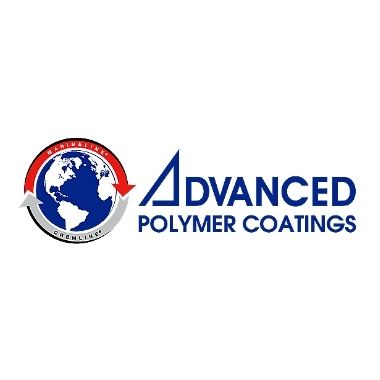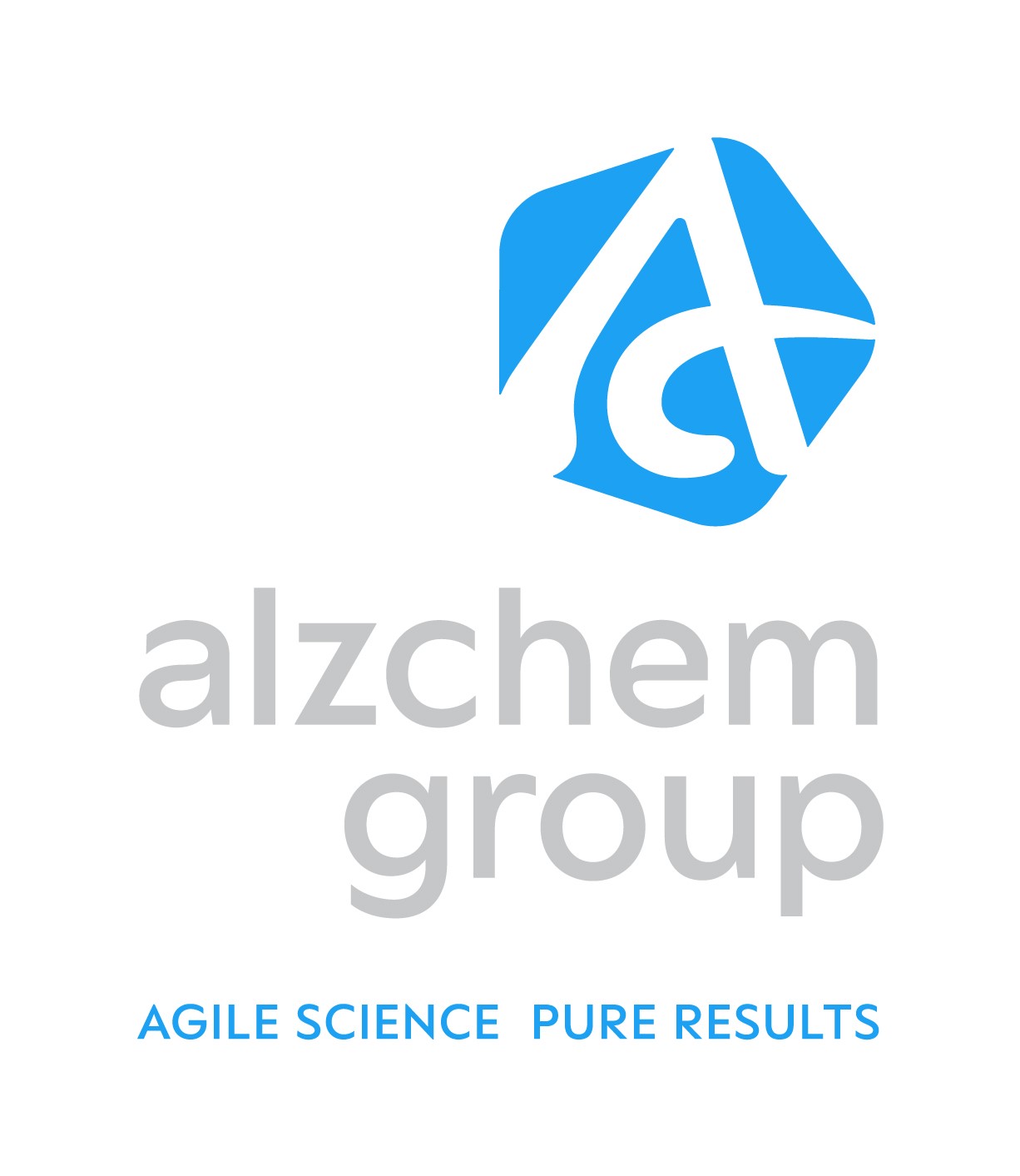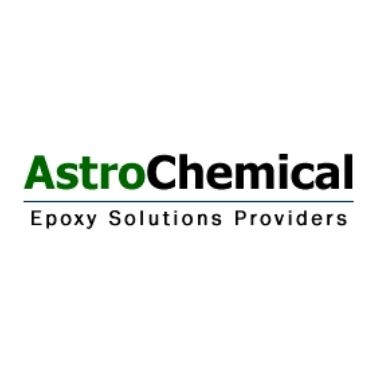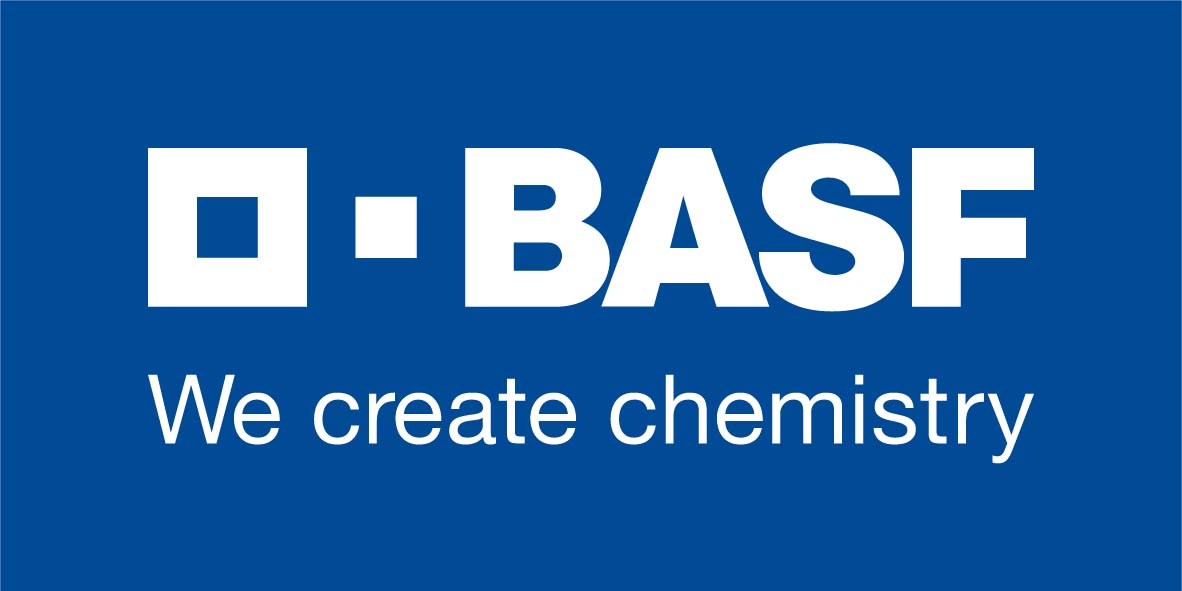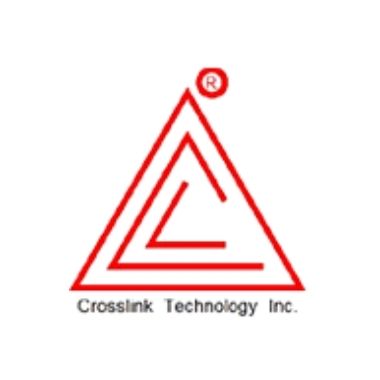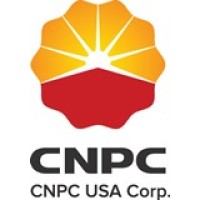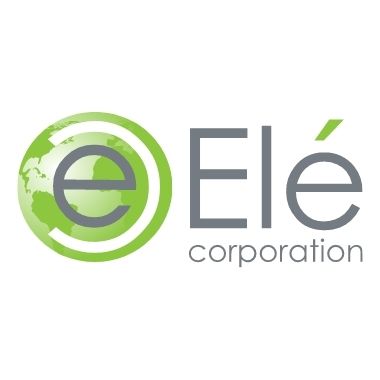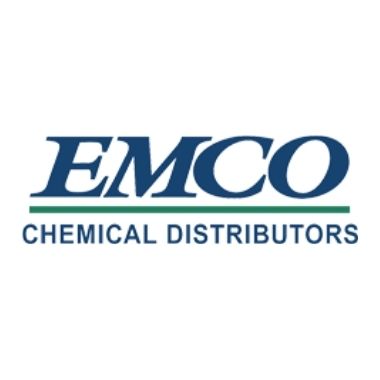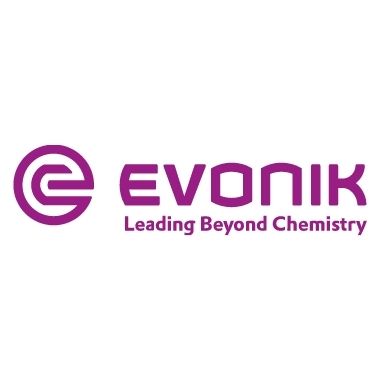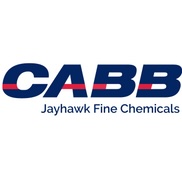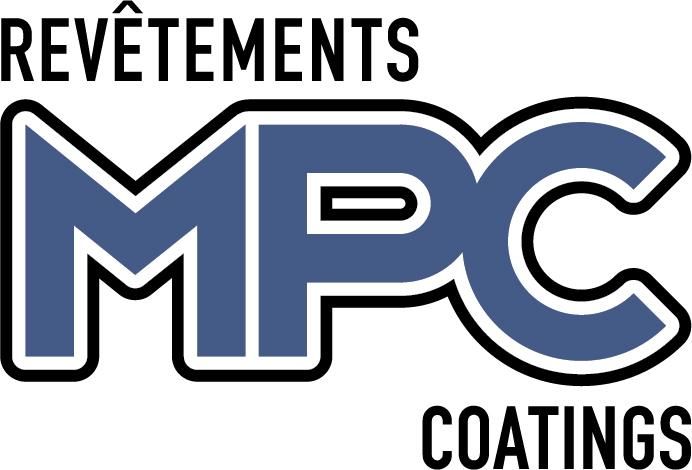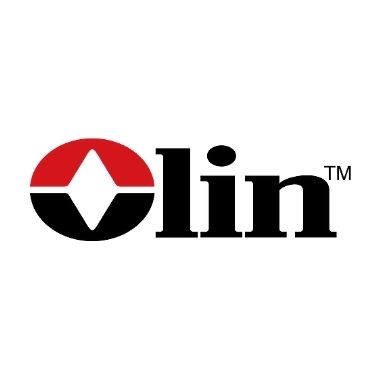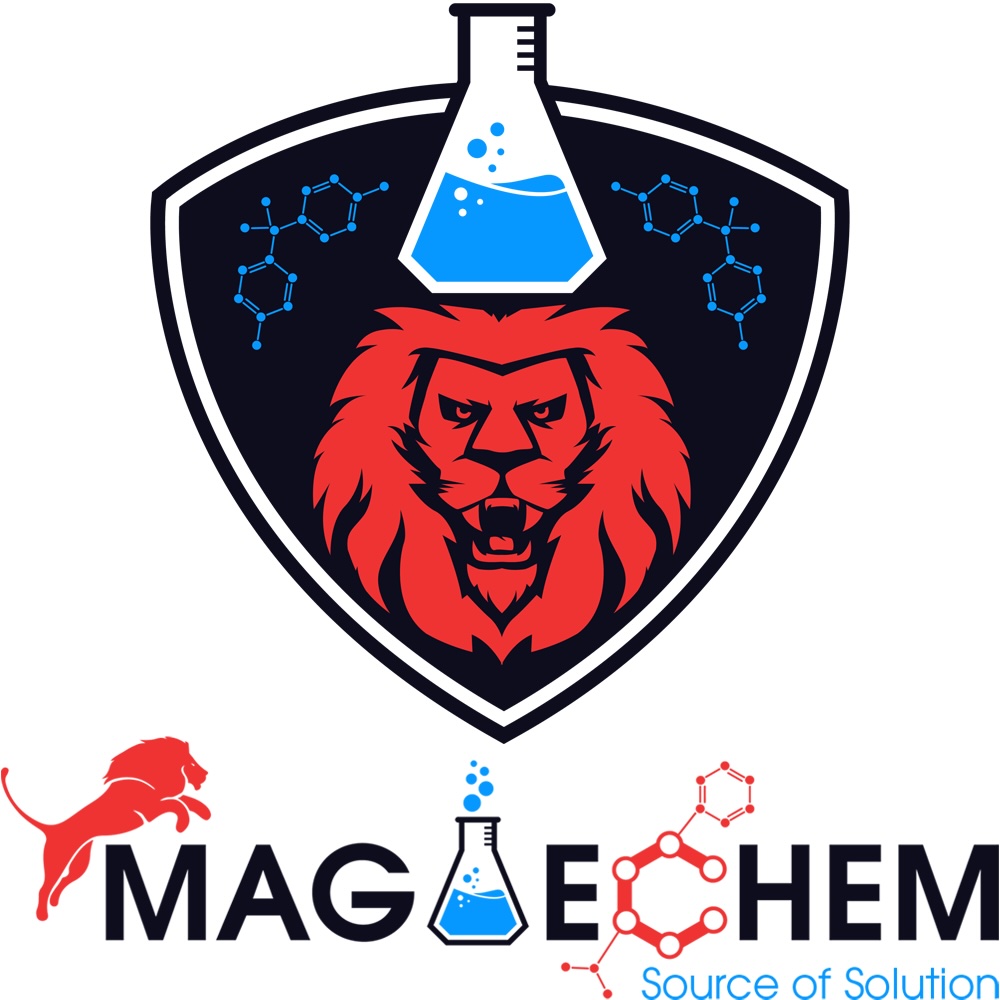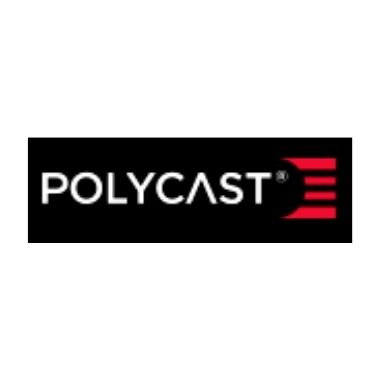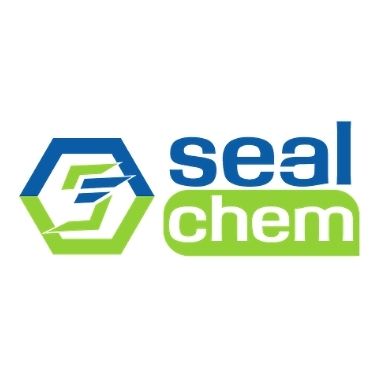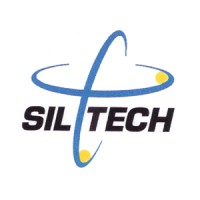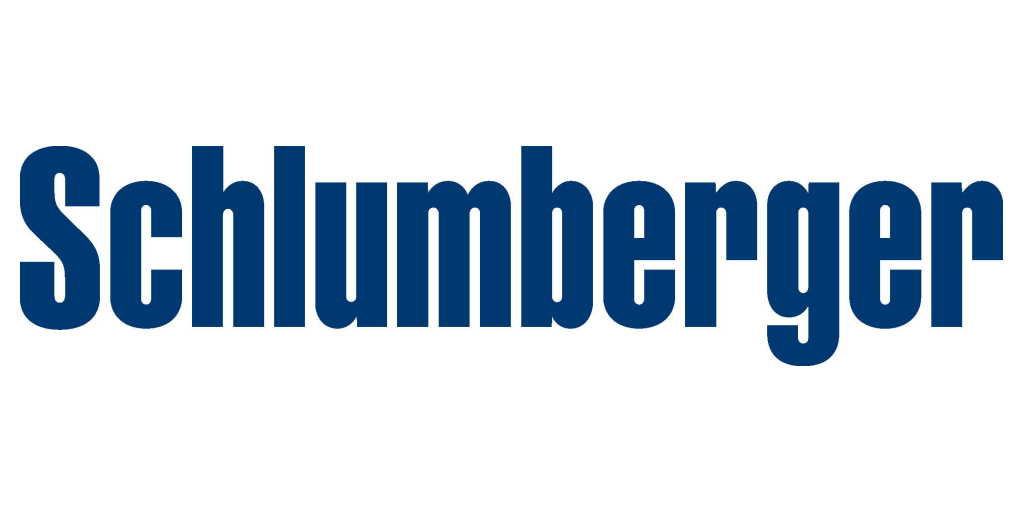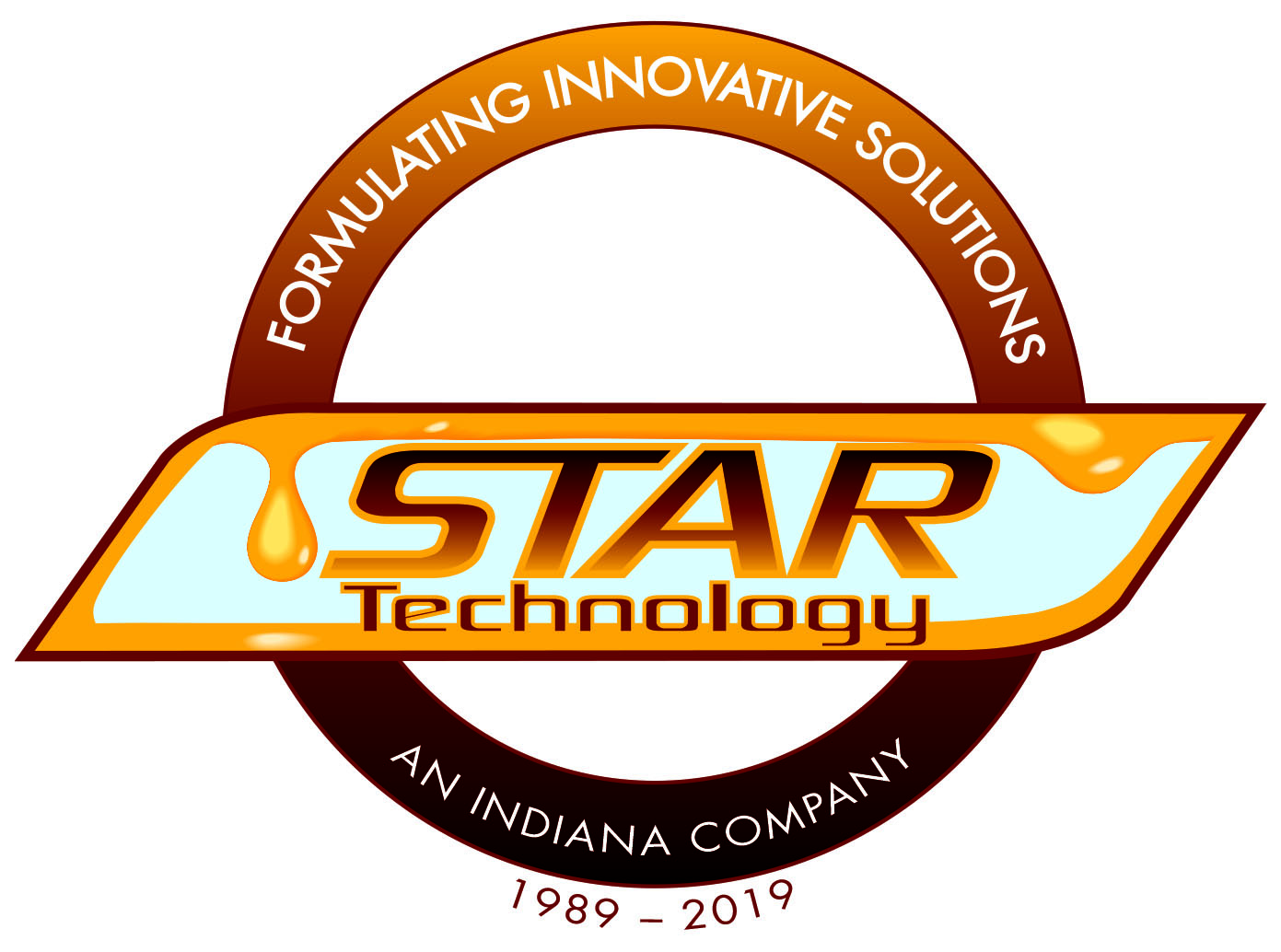2022 Annual Meeting Technical PapersTechnical Paper presentations are essential to achieving one of the association's key objectives, which is to be "the premier forum to interact and exchange knowledge among formulators and suppliers." The 2022 Meeting includes presentations from each of TRFA's Market Focused Committees. At this time only attendees of the 2022 Annual Meeting can access materials from the meeting. Access to members will begin on July 1, 2022. You must be logged into your account to access meeting materials. Beyond Epoxy: High-Performance Thermoset Systems Jay Liu - Elé Reactive organosiloxane tougheners were developed to provide toughening properties for thermosets. The reactive tougheners are functionalized with multiple reactive groups that can react with various Bisphenol-A and Novolac-based epoxy thermoset systems. The impact resistance and fracture toughness properties, K1c and G1c, of the cured epoxy thermosets were measured and shown to be improved with the addition of the designed reactive organosiloxane tougheners. Furthermore, it was found that the reactive organosiloxane tougheners not only improved the toughening properties, but also reduced the processing viscosity of the epoxy thermoset systems. The effect of the structural variation of the reactive organosiloxane tougheners on the properties of the modified epoxy thermosets was investigated and presented in the paper. New Styrene Maleic Anhydride Copolymer Based Products for Epoxy Thermoset Composite Applications William Dougherty - Polyscope Polymers BV Styrene Maleic Anhydride copolymers (SMA) can be used as epoxy curing agents and have been widely used in the copper clad laminate applications due to their high Tg and good dielectric performance. Polyscope has developed new grades based on SMA for use in epoxy thermoset composite applications. This presentation gives an example how to incorporate the new technology with liquid epoxy resin and liquid monomeric anhydride systems via the infusion process. The results show that the new SMA based products can increase the Tg of the resin systems and can also improve the fracture toughness of the carbon fiber epoxy composites. Therefore, new SMA based products can provide dual functionality for epoxy thermoset composites as both curing agents and toughening agents. Improving Processability of PPE Macromonomers for Use in Non-solvent Epoxy Formulations Sri Santhanam and Lucas Bufalini - Sabic Polyphenylene ether (PPE) macromonomers have been commercially available for years for use in in electronic circuit material applications. Typical processing of this high Tg solid involves solvent based dissolution and incorporation into the formulation. However, there are challenges with processability in typical non-solvent processes such as hotmelt composite laminates, adhesives, and coatings. Epoxidized PPE macromonomers provide lower viscosity products that can be produced through standard methods such as direct epoxidation or reacting with diepoxide-based reactive diluents. In this paper, we will study the adduct method due to its relative simplicity. Various ratios of PPE macromonomer and types of reactive diluent were studied. Cured thermoset compositions using these adducts can demonstrate improved toughness compared to compositions of conventional epoxies. Electrical laminates of PPE-DGE and PPE epoxy adducts can demonstrate low Dk and Df, V0 rating on UL94 vertical burn test and a successful solder float test. Dianhydrides, Powerful Curatives for the Epoxy Formulator’s Toolbox Vinay Mishra - Jayhawk Dianhydride curing agents, such as benzophenone tetracarboxylic dianhydride (BTDA®) are known to impart high temperature performance in epoxy formulations. Formulation examples will be reviewed for liquid epoxy systems suitable for high-temperature applications such as adhesives, casting compounds and composites. Cure behavior of formulations using different accelerators and resulting glass-transition temperatures will be discussed. New Fiberglass Material for High Performance Applications Roger Tietze - PART Consulting Fiberglass composites are used in a wide range of industries from automotive, aerospace, chemical storage, electronics, construction, marine, and many more applications. The physical properties of composites are fiber dominant; this means that when the resin and fiber are combined, their mechanical performance is strongly influenced by the fiber properties. The versatile fiberglass properties tend to be the all-purpose choice for many applications in industry. Other important properties of fiberglass is the exceptional dimensional stability, and the corrosion resistance that the material offers to demanding applications. For these reasons fiberglass materials are often selected by engineers for applications with difficult needs for a variety of tough conditions. Preparing for the New Normal – Epoxy Industry Dynamics Within Adhesives & Sealants, Coatings, Civil Engineering & Flooring, Composites and Electronics Markets Dan Murad - ChemQuest This presentation will focus on the U.S. epoxy industry, addressing topics of relevance to manufacturers throughout the industry value chain. It focuses on industry performance, growth drivers and future Covid-implications on the industry caused by changing consumer behavior shifting the face of the competitive landscape. Silane Technology to Improve Performance in Polyurethane Dispersions Jay Patel - Evonik Organofunctional Silanes are widely used in the adhesive and sealants industry. They are bifunctional molecules which create a chemical link, or a bridge, between an adhesive or sealant, and the substrate. In addition to adhesion promotion, silanes can also provide other benefits such as improvement of mechanical properties such as tensile strength and elongation, improved wet adhesion, increased water resistance, and functionality as a moisture scavenger. Through the use of various ASTM/ISO test methods, data and results will be shown to highlight the benefits of incorporating Dynasylan silanes within polyurethane dispersions. Data and information will be provided on how to incorporate this silane adhesion promoter within this chemistry to create a higher performance adhesive or sealant. Toughening High Temperature Epoxies with Phenoxy Resin Jeremy Pasatta - Huntsman Styrene Maleic Anhydride copolymers (SMA) can be used as epoxy curing agents and have been widely used in the copper clad laminate applications due to their high Tg and good dielectric performance. Polyscope has developed new grades based on SMA for use in epoxy thermoset composite applications. This presentation gives an example how to incorporate the new technology with liquid epoxy resin and liquid monomeric anhydride systems via the infusion process. The results show that the new SMA based products can increase the Tg of the resin systems and can also improve the fracture toughness of the carbon fiber epoxy composites. Therefore, new SMA based products can provide dual functionality for epoxy thermoset composites as both curing agents and toughening agents. New Polyol for Cast PU Timothy Banach - Sabic With this study we introduce a new low molecular weight, di-functional, hydroxyl-terminated oligomer based on polyphenylene ether (PPE). SABIC has found that incorporation of this polyol into TDI-based formulations can have significant advantages for cast elastomeric polyurethanes. There are many benefits, including a significant improvement in toughness demonstrated by large increases in tensile strength (up to +80%) and elongation at break (up to +33%). Hardness and 300% strain modulus are also increased. The improvements in physical attributes are retained at elevated temperatures and upon temperature and humid aging. The hydroxyl-functionalized PPE also has an impact on environmental performance, resulting in improvements in both water and oil resistance. Cashew NutShell Liquid-based Epoxy Resins: Their Utility and Performance as Renewable Options for Epoxy Technology Yun Mi Kim - Cardolite Cashew NutShell Liquid (CNSL) is a non-food chain, bio-based feedstock found in the honeycomb structure of the cashew (Anacardium Occidentale) nutshell. CNSL technology offers versatility for developing specialty chemicals including epoxy diluents, modifiers, curing agents, and polyols and diols that provide high bio-content, excellent hydrophobicity, adhesion strength, and improved thermal and mechanical properties in epoxy and polyurethane systems. Engineered Particles for the Oil & Gas Industry Jonathan Gorka - Evonik Epoxies have been a workhorse in the thermoset industry for decades. They offer a compelling cost/performance benefit in many applications. This paper will cover other high performance thermosetting resins such as bismaleimides and cyanate esters. Bismaleimides can be aliphatic such as used in high performance electronic adhesive systems or be aromatic where they are used in composites. Cyanate esters are high Tg materials used in a wide variety of applications from aerospace to electronics. One of the most used substrate materials in electronics is a mixture of epoxy, bismaleimide and cyanate ester called bismaleimide triazine (BT) epoxy. This paper will cover the curing mechanisms, formulation strategies, processing, and touch on some applications of these two classes of high-performance thermosetting chemistries. |




